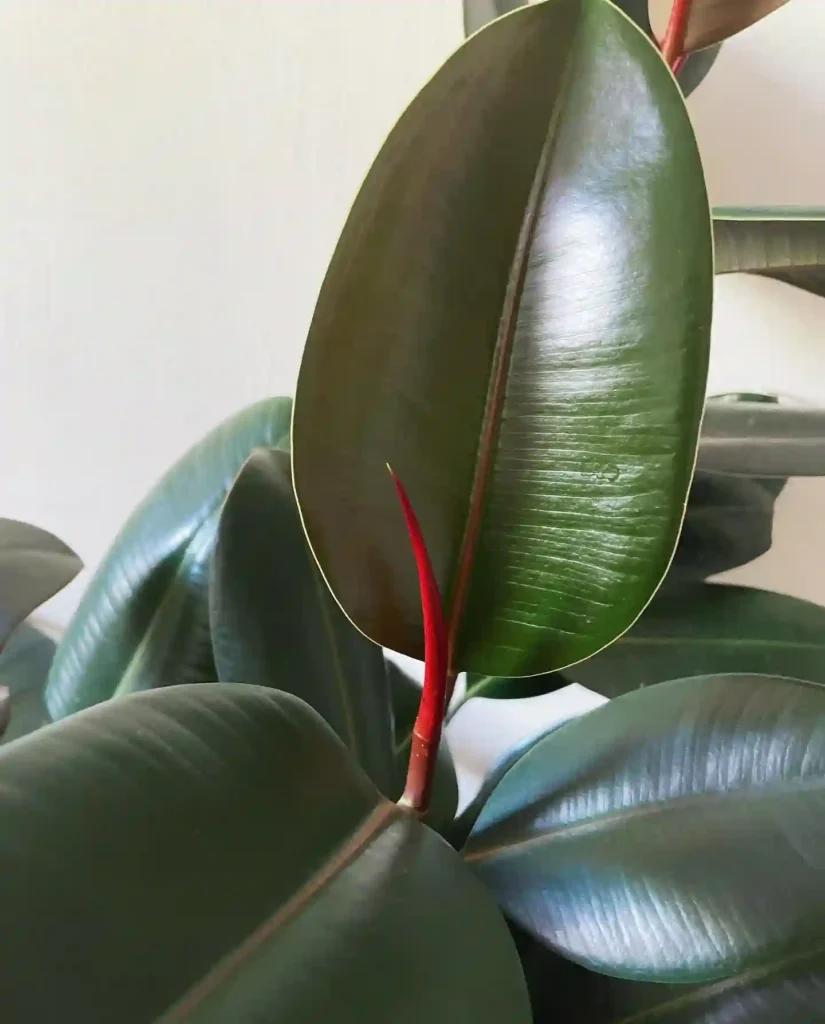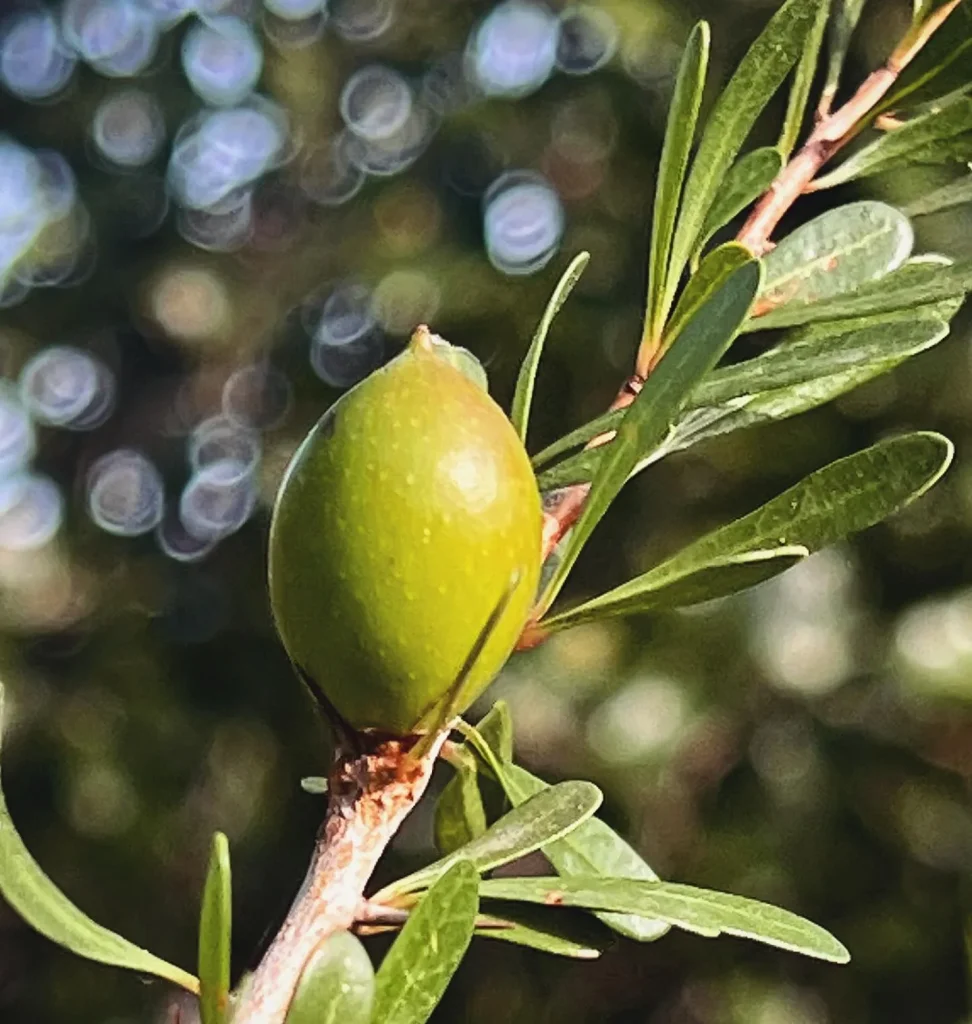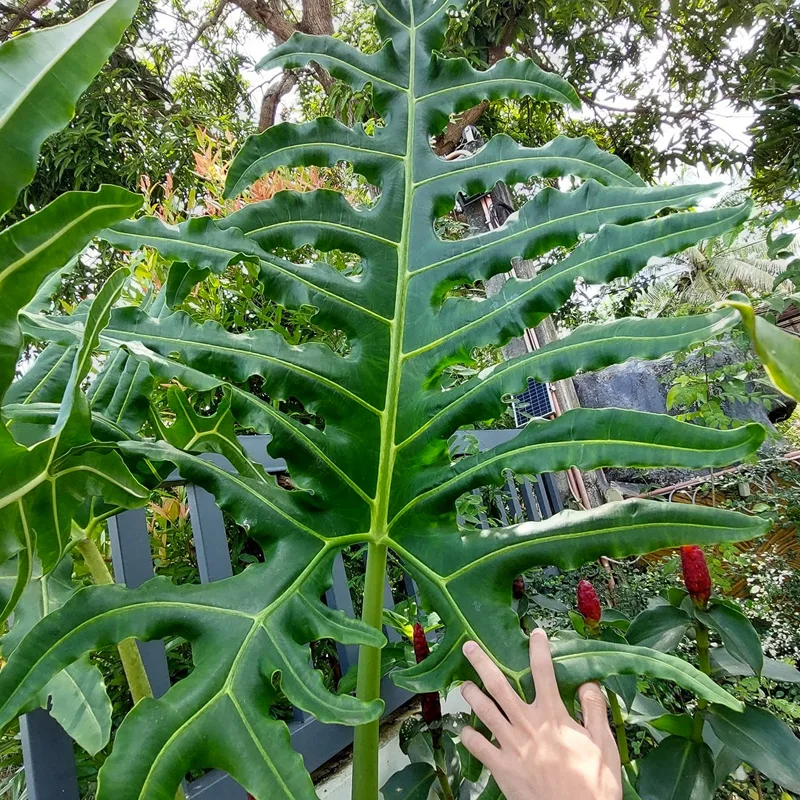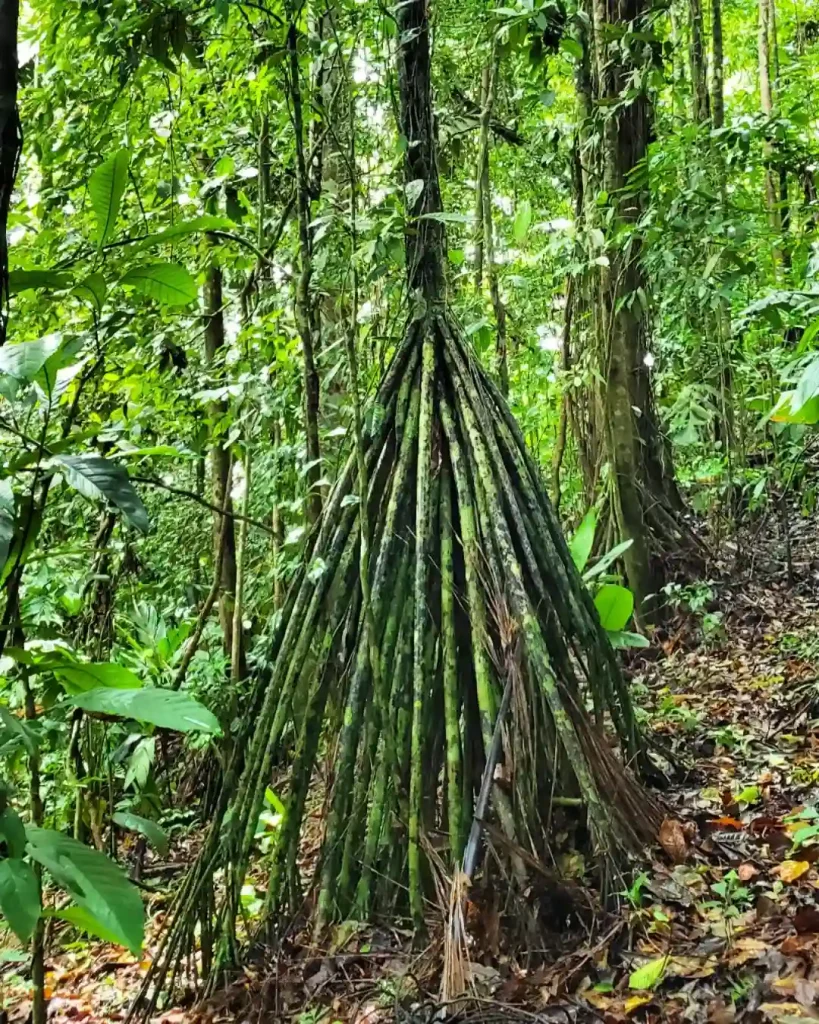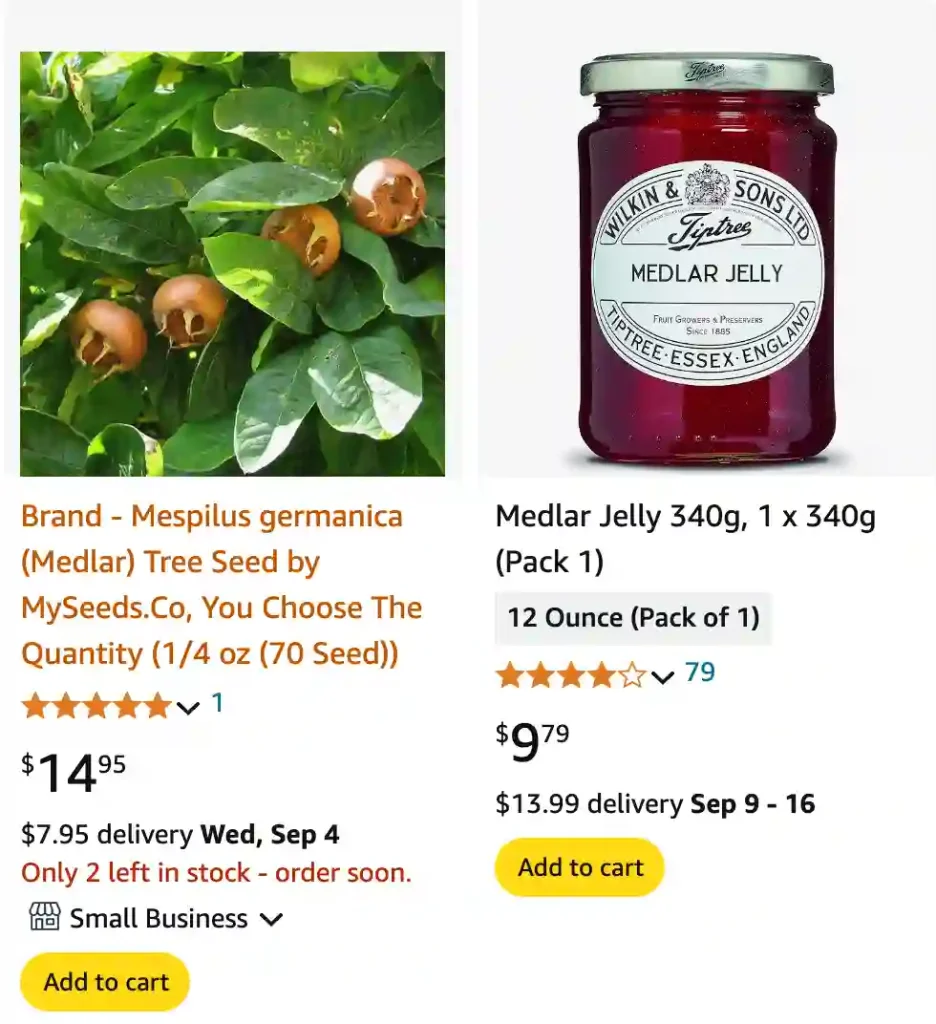
FAQs About Medlar
When I first came across Medlar, I was intrigued by this unique fruit that seemed to have a history and taste unlike any other. Over time, I learned a lot about Medlar and decided to compile a list of frequently asked questions about this fascinating fruit. Here’s everything you need to know about Medlar!
What Is Medlar?
Medlar (Mespilus Germanica, a synonym of Crataegus Germanica) is a fruit that has been enjoyed since ancient times, often referred to as a forgotten fruit in modern times. It’s native to southwest Asia and southeastern Europe but has been cultivated in other parts of the world. The fruit looks somewhat like a small, brown apple with a calyx at the end. Medlar has been prized for its unique taste and use in various culinary applications.
267 Species in Genus Crataegus
What Does Medlar Fruit Look Like?
Medlar fruit is small, typically around 2-3 inches in diameter. It has a brownish skin with a distinctive open calyx at the bottom, giving it a somewhat rustic and old-fashioned appearance. When ripe, the fruit’s skin becomes soft and wrinkled, indicating it’s ready to eat.
How to Eat Medlar?
Eating Medlar is quite different from other fruits. You can’t simply pick it off the tree and eat it. Medlar must go through a process called “bletting,” where the fruit is left to soften, either on the tree after the first frost or picked and left to ripen in a cool, dry place. Once bletted, the flesh becomes soft and brown, resembling applesauce in texture. At this point, you can scoop out the flesh with a spoon and eat it directly, or use it in various recipes.
How to Prepare Medlar Fruit?
Preparing Medlar fruit involves waiting for it to blet. Once bletted, wash the fruit thoroughly, cut it in half, and scoop out the soft, mushy flesh. The flesh can be eaten as is, or used in jams, jellies, and desserts. It’s often paired with spices like cinnamon or ginger to enhance its flavor.
What Does Medlar Fruit Taste Like?
Medlar fruit has a unique taste that can be hard to describe. It’s often compared to a mix of apple butter, dates, and cinnamon. The flavor is sweet, with a hint of acidity and a somewhat grainy texture. Some people even describe it as having a slight wine-like taste, making it a perfect ingredient for sauces and preserves.
Where Can I Buy a Medlar Tree?
If you’re looking to grow your own Medlar tree, many nurseries and online plant stores offer Medlar trees for sale. Look for reputable sellers that specialize in fruit trees. You can often find them at garden centers, especially those focusing on rare or heirloom varieties.
Where Do Medlar Trees Grow?
Medlar trees thrive in temperate climates with well-drained soil. They can tolerate cold weather and frost, which is beneficial since the fruit requires frost to begin the bletting process. Medlar trees are hardy and can be grown in USDA zones 5-9. They do best in full sun but can also tolerate partial shade.
How to Grow a Medlar Tree from Seed?
Growing a Medlar tree from seed is a rewarding but patient process. Start by cleaning the seeds from the fruit and allowing them to dry. Then, stratify the seeds by placing them in a moist paper towel inside a plastic bag and refrigerating them for 12-16 weeks. After stratification, plant the seeds in pots filled with well-draining soil and keep them in a warm, sunny location. It may take several years for the seedlings to grow into mature, fruit-bearing trees.
How to Prune a Medlar Tree?
Pruning Medlar trees is essential to maintain their shape and encourage healthy growth. Prune in late winter or early spring before new growth begins. Remove any dead or diseased branches, and thin out crowded areas to allow light and air to reach the center of the tree. Keep the tree’s shape balanced and open to support fruit production.
Medlar vs. Persimmon: How Do They Compare?
Medlar and Persimmon are often compared due to their similar size and the fact that both require softening before eating. However, they differ significantly in taste and appearance. Persimmons are generally larger, with smooth, orange skin and a sweet, honey-like flavor. Medlars, on the other hand, have a more complex taste, with hints of spice and a unique texture. Both fruits are delicious in their own right, but they offer different culinary experiences.
How to Care for a Medlar Tree?
Caring for a Medlar tree is relatively straightforward. Plant it in a sunny location with well-drained soil. Water regularly, especially during dry spells, but avoid overwatering. Mulch around the base to retain moisture and suppress weeds. Fertilize in early spring with a balanced fertilizer to support growth and fruiting.
Can You Grow Medlar Indoors?
Medlar trees are not typically grown indoors due to their size and need for natural sunlight. They can reach up to 20 feet in height, making them more suitable for outdoor planting. However, if you have a large greenhouse, growing a Medlar tree indoors might be possible, provided you can replicate its natural growing conditions.
Is Medlar Toxic?
Medlar is not toxic and is safe to eat when properly bletted. However, like many fruits, the seeds should not be consumed in large quantities due to the presence of amygdalin, a compound that can release cyanide when digested. Enjoy the fruit in moderation, and avoid eating the seeds.
What Are the Benefits of Eating Medlar?
Medlar is a nutritious fruit, rich in vitamins C and B, fiber, and antioxidants. Eating Medlar can support digestive health, boost the immune system, and provide energy. Its unique flavor and texture make it a delightful addition to various dishes, from desserts to savory sauces.
Common Problems When Growing Medlar
Medlar trees are relatively hardy, but they can be susceptible to certain pests and diseases. Aphids, caterpillars, and scale insects may attack the leaves and fruit. Fungal diseases like leaf spot and powdery mildew can also affect Medlar trees. Regular monitoring, proper care, and the use of organic pest control methods can help keep these problems in check.
Medlar is a unique and delicious fruit that deserves more recognition. Whether you’re curious about trying it for the first time or looking to grow your own Medlar tree, I hope this guide helps you appreciate this remarkable fruit. Happy gardening!
If i die, water my plants!
